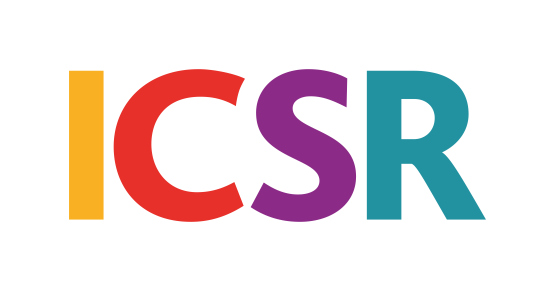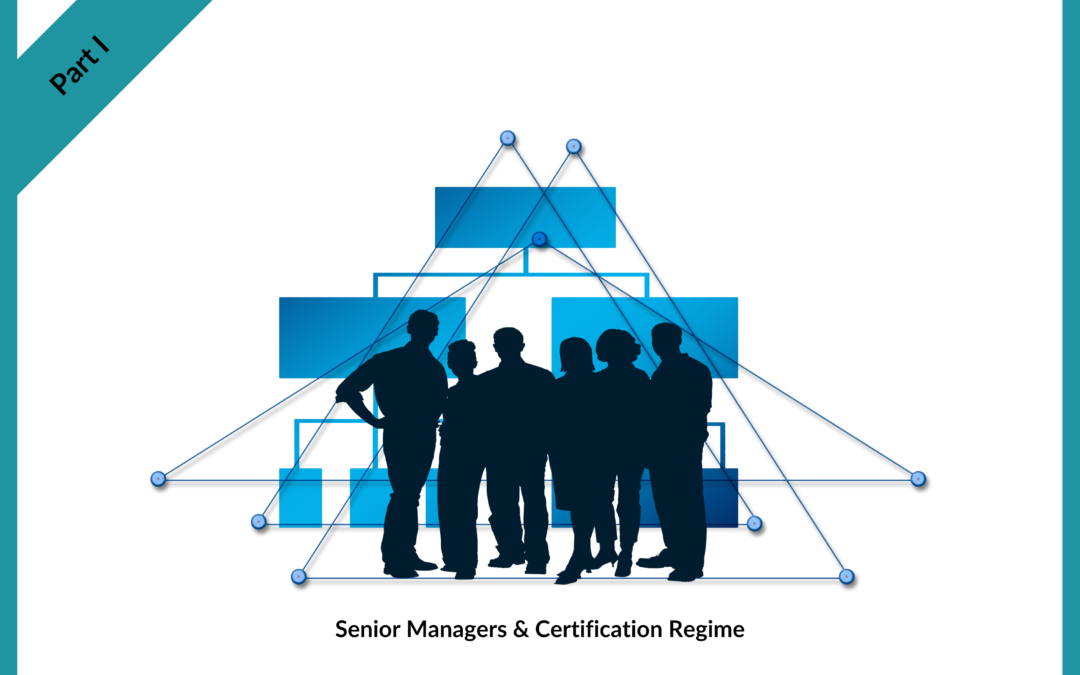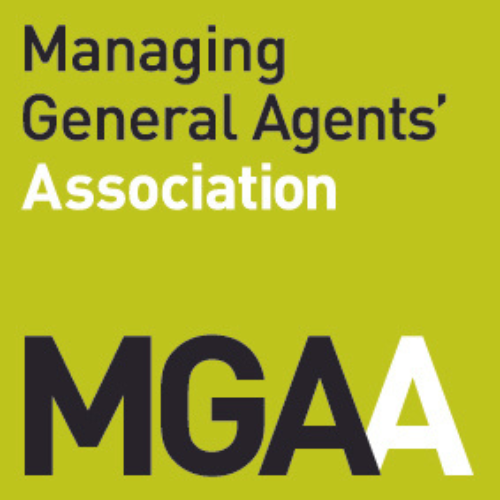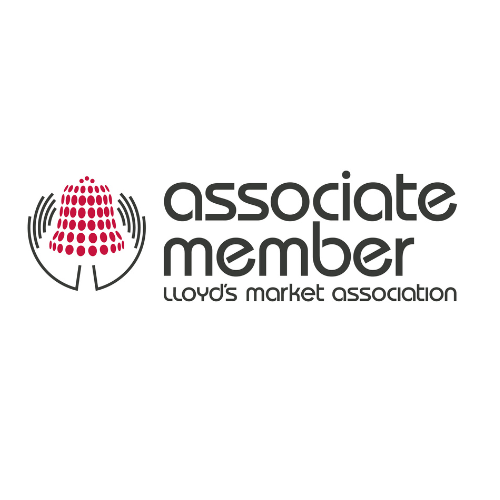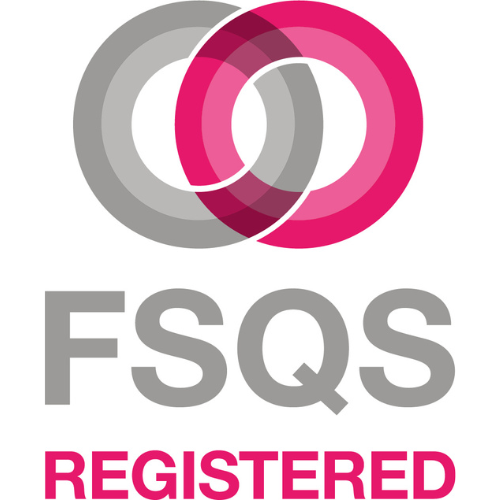This is the first in a series of Senior Managers & Certification Regime (SM&CR) articles that ICSR will be releasing in the run up to the 9 December 2019 commencement date for solo-regulated Firms. In this first article we will be focusing on four fundamental elements of the new regime that you should be considering now, with just over 6 months to go before the implementation date.
1. Identify what category your Firm is in
Establishing what type of SM&CR Firm you are, before commencing any SM&CR project, is imperative, as what you will be required to do under the new regime depends on what category your company falls into. There are 3 types of SM&CR Firms;
- Limited Scope Firms– These Firms will be subject to slightly fewer requirements than Core Firms. This category type covers Firms that currently have a limited application of the Approved Person Regime (APR). In the insurance market this would be sole traders or Firms whose principal business is not insurance intermediation.
- Core Firms-These Firms will have a baseline of SM&CR requirements to adhere to and the majority of solo-regulated companies in the insurance market will fall within this category.
- Enhanced Firms– A small proportion of solo regulated Firms in the insurance market will fall into this category and will have to abide by extra SM&CR rules. Firms with current total intermediary regulated business revenue of £35 million or more per annum, calculated as a 3-year rolling average, will be Enhanced Firms.
SM&CR is to be applied at legal entity level; this means that there will be some Groups that contain Firms in different categories of the new regime. Some Groups may choose, for operational simplicity, to treat all regulated entities within the group as the highest applicable category, but there is no expectation or requirement from the FCA to do so and you should carefully weigh up the pros and cons of doing this.
There are specific requirements in the SM&CR regime that apply to EEA and Third Country Branches which are different from those applying to Firms incorporated in the U.K.
You can work out your Firm type by using a Firm Checker Tool which the FCA has developed, (which can be found here) or by reading the Regulator’s Guide to SM&CR for Solo-Regulated Firms (which can be found here).
2. Understand the high level effects on your Firm
Once you have established your company’s Firm type, you should research how the SM&CR requirements will affect your Firm at a high level. If you are a Core Firm, you will need to establish which Senior Management Functions apply to your Firm and how the Prescribed Responsibilities will be divided up amongst those Senior Managers. You will also need to garner an understanding of how the Duty of Responsibility, Statement of Responsibilities, Certification Regime, Fit & Proper Requirements and Conduct Rules will affect your company.
For the successful implementation of the new regime, there will need to be very good collaboration between HR and Compliance. So, it is important Compliance and HR’s shared technical knowledge on the new requirements is at an appropriate level, before any SM&CR project work is commenced. The two functions should check they both share a robust understanding of the requirements applying to your Firm, and obtain training or ongoing coaching if needed to address any knowledge or interpretation gaps.
3. Identify who will be Senior Managers and who will not
One of the significant differentials in requirements between Firm types will be which Senior Management Functions apply to your Firm.
A SMF is a new type of controlled function and individuals performing these functions will be called Senior Managers. Anyone performing a SMF will need to be approved by the FCA before the regime goes live and then, going forward for new appointments, before commencing their role. Those currently approved as Approved Persons will be grandfathered into the new regime as applicable but you will need to check the mapping between the old controlled functions and the new SMFs to see if it accurately reflects the allocation of responsibilities within your Firm.
The FCA make particular functions SMFs so that they know who the Firm’s most senior decision makers are, to make sure Firms clearly allocate responsibilities to those key individuals, and of course so that they can hold individuals properly accountable. Firms will need to identify which individuals within the Firm will hold a SMF under the new regime
The following SMFs are prescribed for Core Firms.
| Function Name | Description |
| SMF1- Chief Executive | This is the person(s) with responsibility, under the immediate authority of the governing body, for the conduct of the whole of the business (or relevant activities). |
| SMF3- Executive Director | A director of a Firm, other than a Non-Executive Director. |
| SMF27- Partner | A partner in a Firm, other than a limited partner in a partnership registered under the Limited Partnership Act 1907. |
| SMF9-Chair | The person with responsibility for chairing, and overseeing the performance or the role of, the governing body of the Firm. |
| Required Functions | |
| SMF16- Compliance Oversight | This is the person responsible for the compliance function in the Firm and reporting to the governing body on this. |
| SMF17- Money Laundering Reporting Officer | This is the person who has responsibility for overseeing the Firm’s compliance with the FCA’s rules on systems and controls against money laundering. |
The Required Functions SMF16 and SMF17 are only required under SM&CR if they are currently required for your Firm by specific Handbook rules. For most solo-regulated Firms in the insurance market these functions are not required.
The SM&CR does not require Firms to change their governance structure or hire new people to fill specific roles. The SMFs only apply if a Firm has someone doing these jobs or if the SMF is a Required Function for the Firm.
Some individuals who were Approved Persons under the APR, may no longer be considered Senior Managers under SM&CR. Some will be captured by the Certification Regime, and some, such as Non-Executive Directors, will be subject to other elements of the new regime. We will expand on these points in future articles.
4. Identification of which Senior Managers will hold which Prescribed Responsibilities (PR)
Once you have established which SMFs apply to which Senior Managers within the company, you must then establish which PRs apply and how they will be divided up amongst the Senior Managers.
PRs are specific responsibilities as defined in the FCA Handbook, which the FCA have put in place to ensure that the appropriate Senior Managers are accountable for key conduct and prudential risks within a Firm. All the applicable PRs must be allocated to Senior Managers.
Below are the five PRs which apply to Core Firms.
| Handbook PR Ref | Description |
| (a) | Performance by the Firm of its obligations under the SMR, including implementation and oversight |
| (b) | Performance by the Firm of its obligations under the Certification Regime |
| (b-1) | Performance by the Firm of its obligations in respect of notifications and training of the Conduct Rules. |
| (d) | Responsibility for the Firm’s policies and procedures for countering the risks that the Firm might be used to further financial crime. |
| (z) | Responsibility for the Firm’s compliance with CASS (if applicable) |
Each PR should be given to the Senior Manager who is the most senior person responsible for that activity or area. They will need to have sufficient authority and an appropriate level of knowledge and competence to carry out the responsibility properly.
We hope you have found this article useful as a starting point and if you have any questions about anything raised in this article, or more general SM&CR questions please do get in touch.
